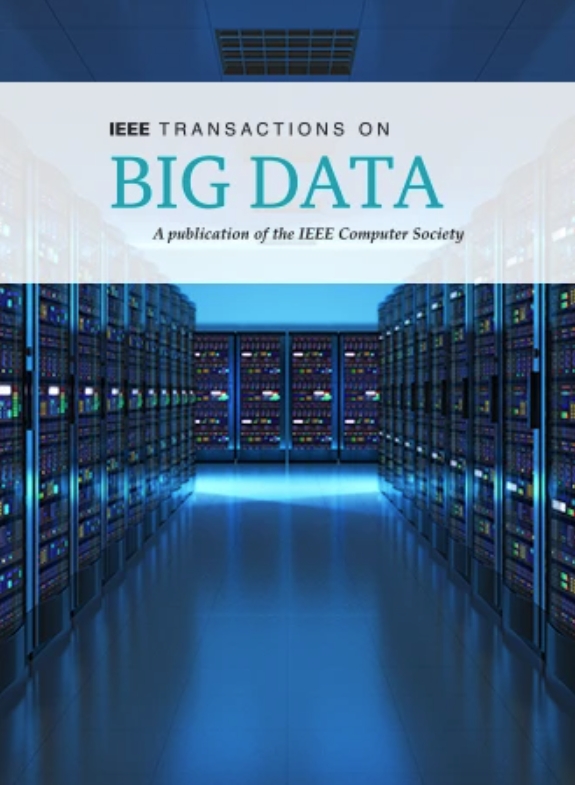通过交替学习和双修剪学习因果链图结构
IF 7.5
3区 计算机科学
Q1 COMPUTER SCIENCE, INFORMATION SYSTEMS
引用次数: 0
摘要
当因果推理中的个体独立性假设被违反时,因果链图可以模拟个体之间的依赖结构。然而,因果链图在实践中往往是未知的,需要从数据中学习。现有的学习算法有一定的局限性。具体来说,学习局部信息需要多次子集搜索,构建骨架需要额外的条件独立性测试,而引导边缘则需要再次从骨架中获取局部信息。为了解决这些问题,我们提出了一种学习因果链图结构的新算法。该算法将每个变量的邻接关系和配偶关系作为局部信息交替学习,并对其进行双重修剪,以获得更准确的局部信息,从而减少子集搜索,提高准确性,方便后续学习。然后,它利用学习到的邻接关系直接构建链图骨架,而无需进行条件独立性测试。最后,它利用学习到的邻接和配偶来引导复合物的边,从而在不重新获取局部信息的情况下学习链图,进一步提高了效率。我们进行了理论分析以证明我们算法的正确性,并在合成数据集和实际数据集上与最先进的算法进行了比较。实验结果表明,我们的算法比竞争对手更可靠。本文章由计算机程序翻译,如有差异,请以英文原文为准。
Learning Causal Chain Graph Structure via Alternate Learning and Double Pruning
Causal chain graphs model the dependency structure between individuals when the assumption of individual independence in causal inference is violated. However, causal chain graphs are often unknown in practice and require learning from data. Existing learning algorithms have certain limitations. Specifically, learning local information requires multiple subset searches, building the skeleton requires additional conditional independence testing, and directing the edges requires obtaining local information from the skeleton again. To remedy these problems, we propose a novel algorithm for learning causal chain graph structure. The algorithm alternately learns the adjacencies and spouses of each variable as local information and doubly prunes them to obtain more accurate local information, which reduces subset searches, improves its accuracy, and facilitates subsequent learning. It then directly constructs the chain graphs skeleton using the learned adjacencies without conditional independence testing. Finally, it directs the edges of complexes using the learned adjacencies and spouses to learn chain graphs without reacquiring local information, further improving its efficiency. We conduct theoretical analysis to prove the correctness of our algorithm and compare it with the state-of-the-art algorithms on synthetic and real-world datasets. The experimental results demonstrate our algorithm is more reliable than its rivals.
求助全文
通过发布文献求助,成功后即可免费获取论文全文。
去求助
来源期刊

IEEE Transactions on Big Data
Multiple-
CiteScore
11.80
自引率
2.80%
发文量
114
期刊介绍:
The IEEE Transactions on Big Data publishes peer-reviewed articles focusing on big data. These articles present innovative research ideas and application results across disciplines, including novel theories, algorithms, and applications. Research areas cover a wide range, such as big data analytics, visualization, curation, management, semantics, infrastructure, standards, performance analysis, intelligence extraction, scientific discovery, security, privacy, and legal issues specific to big data. The journal also prioritizes applications of big data in fields generating massive datasets.
 求助内容:
求助内容: 应助结果提醒方式:
应助结果提醒方式:


